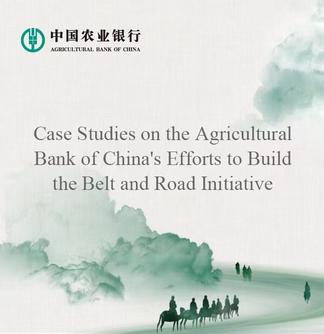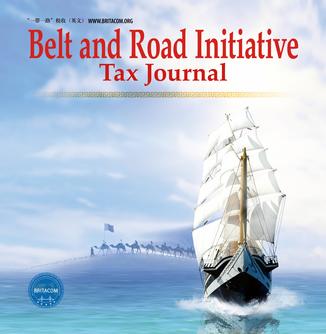BEIJING, July 13 (Xinhua) -- The 2025 Green Computing Power (Artificial Intelligence) Conference opened in Hohhot, north China's Inner Mongolia Autonomous Region on July 12, under the theme of "jointly building a green computing power ecosystem and shaping a new future of AI."
The event drew over 500 attendees, including officials from national ministries and regional governments, academicians, experts, and industry representatives from China's computing power supply chain.

Photo shows the opening ceremony of the 2025 Green Computing Power (Artificial Intelligence) Conference held in Hohhot on July 12, 2025.
During the conference, the national pilot project for computing-electricity coordination under China's national integrated computing power network was announced formal operation. In addition, the conference saw the unveiling of the Horinger financial data industrial park, and the release of a series of Hohhot's high-quality public data initiatives, such as the green computing power development research report (2025).
Meanwhile, 10 major projects worth 20 billion yuan (about 2.8 billion U.S. dollars) were signed during the conference, marking progress in industrial collaboration.
The conference was hosted by the Hohhot Municipal People's Government, and organized by the China Academy of Information and Communications Technology (CAICT), the Horinger new area administrative committee, and the Hohhot big data administration, featuring an opening ceremony, keynote speeches, one main forum, and nine thematic sessions.
Moreover, Hohhot has emerged as a hub for computing power and AI development in recent years, leveraging its strategic role in China's "East Data, West Computing" initiative and synergy between electricity, network infrastructure and data. The city has attracted a bunch of data center projects from telecom operators, financial institutions, and other key players.
Moving forward, Hohhot is committed to further driving high-quality development in Inner Mongolia and bolstering China's digital economy.
(Edited by Yang Linlin with Xinhua Silk Road, linlinyanglyn@163.com)




 A single purchase
A single purchase









